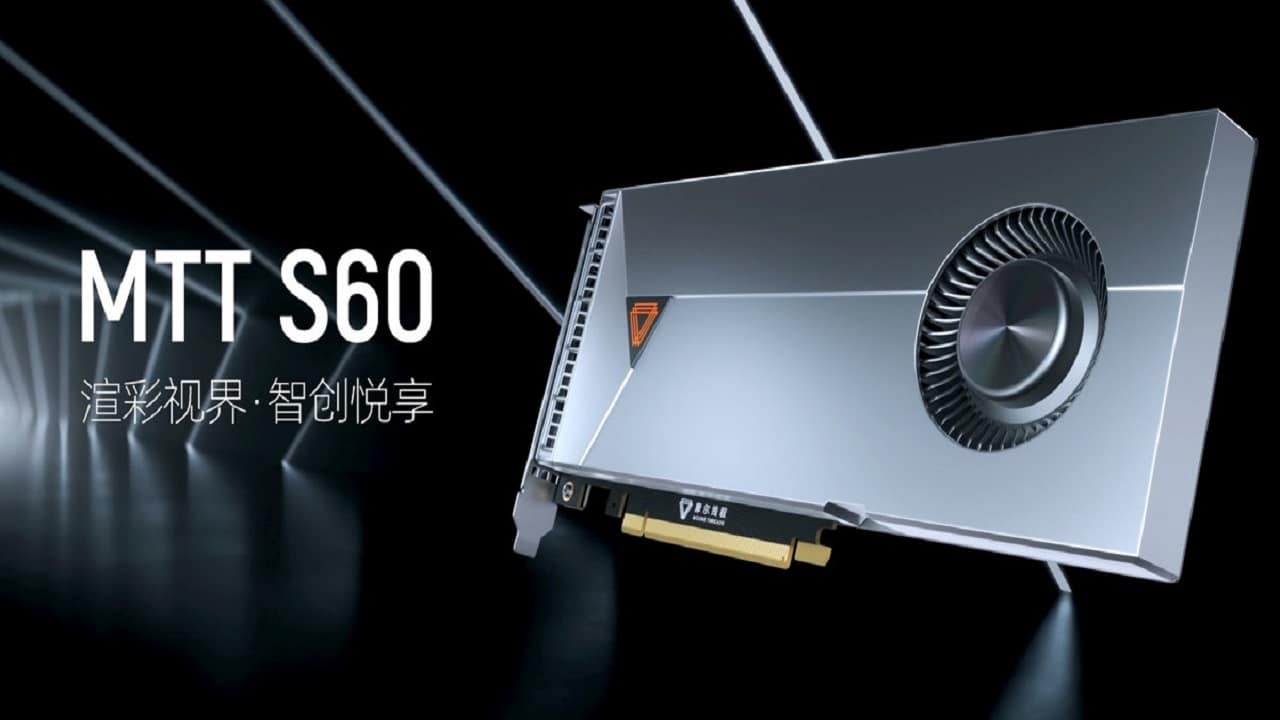Moore Thread of China presents its desktop video cards: made in record time
It’s only been a few hours since Intel announced its premieres GPU dedicate per i notebook and anticipated the arrival of desktop video cards for the consumer market, including the desktop model ARC Limited Editionthe prelude to a major struggle in an industry occupied only by NVIDIA and AMD for decades.
Not only Intel, even in the East there is a lot of excitement as it showsMoore Threada Chinese company that after only two years from its foundation in 2020, is about to introduce its first ones on the markettwo desktop video cards made from scratch, totally in-house.
Considering the complexity of a GPU, it is difficult to believe that a company with skills and a budget well below Intel’s has managed to make a finished product in just two years. However, Moore Thread here to change our minds. The Chinese company has already enjoyed great success, at least on the financial front, in fact it has managed to adapt numerous investments that have allowed it to speed up the development and production of the first chips.
Founded byZhang Jianzhong,exvice president of NVIDIAfor Chinese territory involved in the GPU sector for a long time 15 yearsMoore Thread managed to enter the Olympus of “Unicorn Companies“, exceeding the value of1 billion dollarsjust 100 days since its foundation.
At the end of 2021the company came out of the closet by announcing that it will be the first Chinese company to produce completely in-house designed GPUs. A few months after the announcement, Moore Thread gave its first presentation, in which he showed a first version of his own scheda video gaming entry-level fully functional.
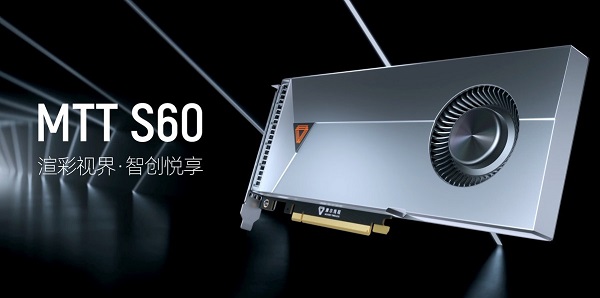
The company currently has two different models in the pipeline,MTT S60 e MTT S2000. Both cards are based on architecture MUSA of the first generation called “Sudi“which has four types of engines to manage various features: graphics, physics, video and artificial intelligence. As regards the specifications, both cards are made with a production process based on 12 nanometers.
In the case of the MTT S60 we find 2048 Musa Core supported by 8 GB of LPGDDR4X VRAM for a total power of 6 TFLOPS. The MTT S2000, on the other hand, features exactly twice as many Musa Cores for a total of 4096 accompanied by ben 32 GB of memory for a power of12 TFLOPS.
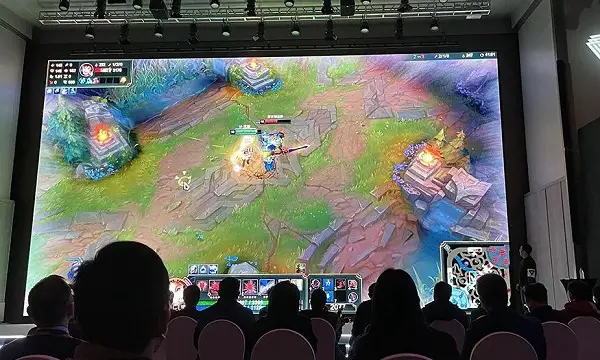
To get a clearer idea of the order of performance in which the cards are placed, the old one GeForce GTX 1070NVIDIA launched in 2017 reached a power of 6.5 TFLOPS. During the presentation, the MTT S60 was tested withLeague of Legends: unfortunately neither the game settings nor the framerate reached were shown. Furthermore, it should be considered that currently the Riot game is among the least demanding in terms of resources, just think that among the minimum requirements there is an ancient GeForce 9600GT 1 GB, while one GeForce 560 2GB, enough to play smoothly. In short, from a purely performance point of view, little or nothing can be said of the MTT S60 that is really concrete.
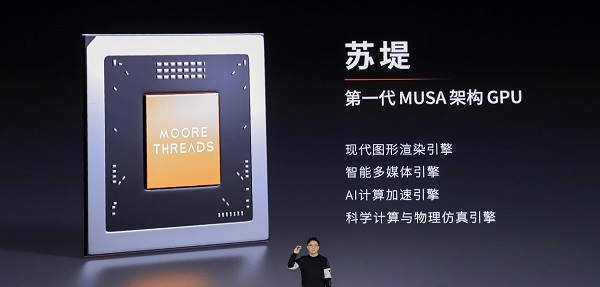
What surprised however was the MUSA architecture which, according to the CEO, enjoys full coverage from the point of view of drivers and software. Indeed, it appears that MUSA supports libraries OpenGL, OpenCL, DirectX, volcano, SYCL and even MIRACLES by NVIDIA. It even supports encoding AV1 along with H.265 and H.264, as well as H.264, H.265, AV1, VP8 and VP9 decoding. Also, designed to work with numerous game engines and design software such as Houdini, Unreal Engine, Unity e D5. Finally, in the case of the MTT S2000, a technology called AlphaCore which, according to the company, manages to improve physical performance from 5 to 10 turn.
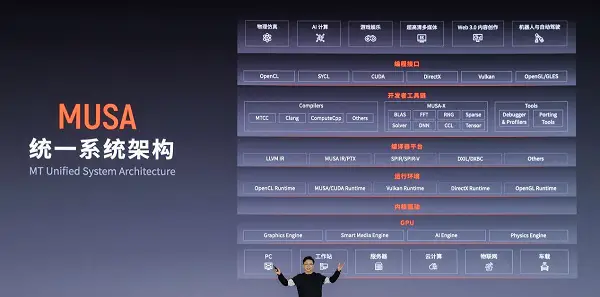
In conclusion, even if these are only the first examples, curiosity about what is happening inside the Chinese borders where the Beijing government has been pushing for years to untie itself as much as possible from Western technologies can only mount.





